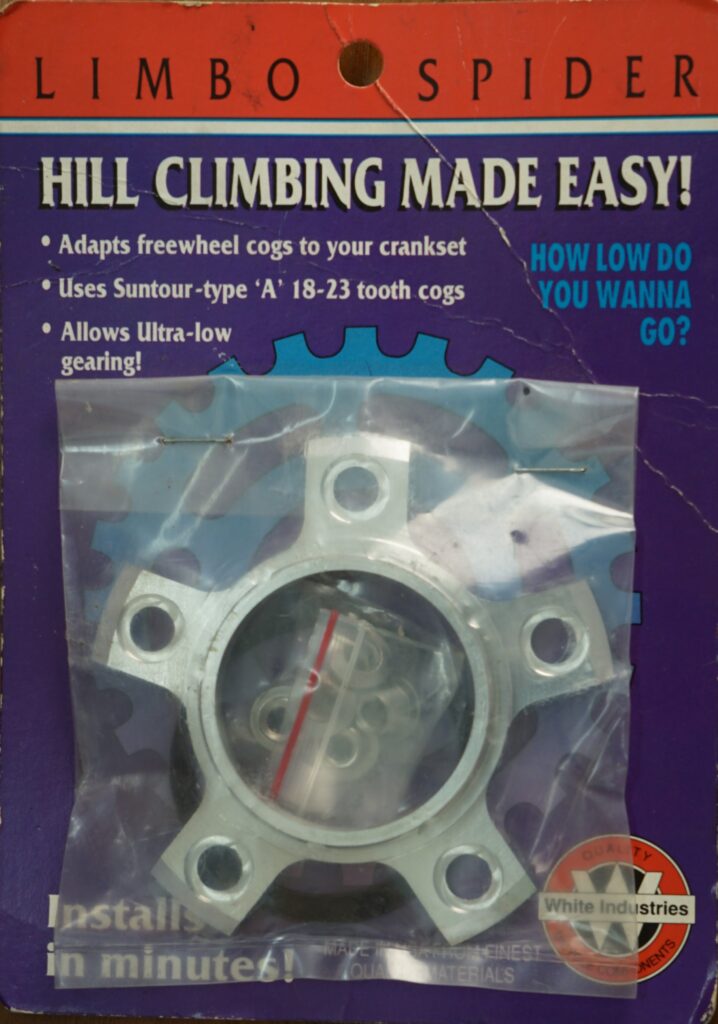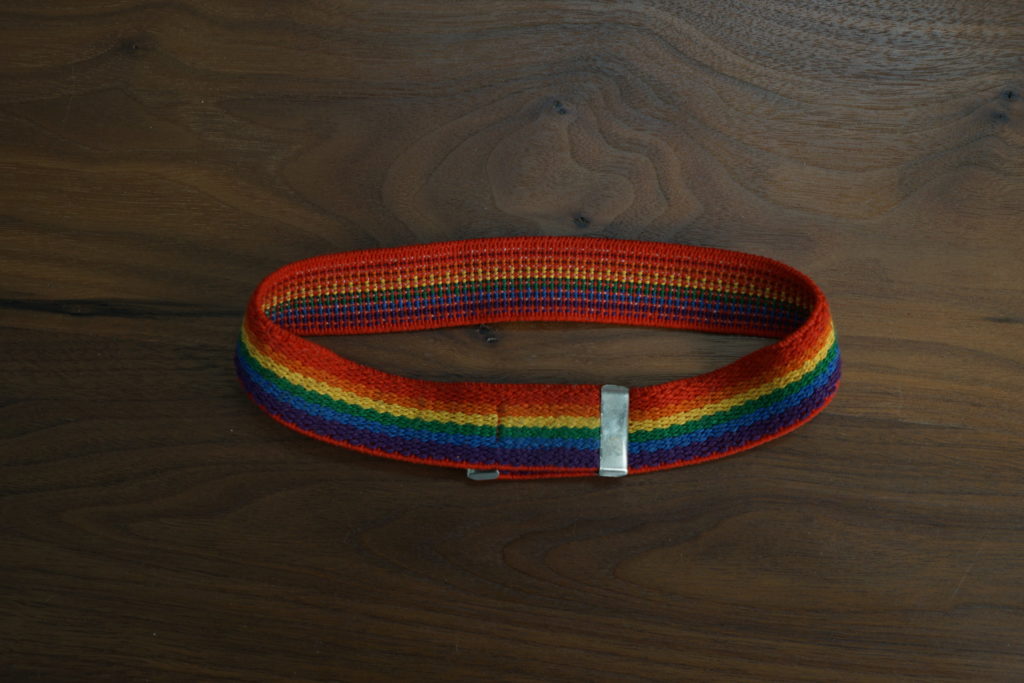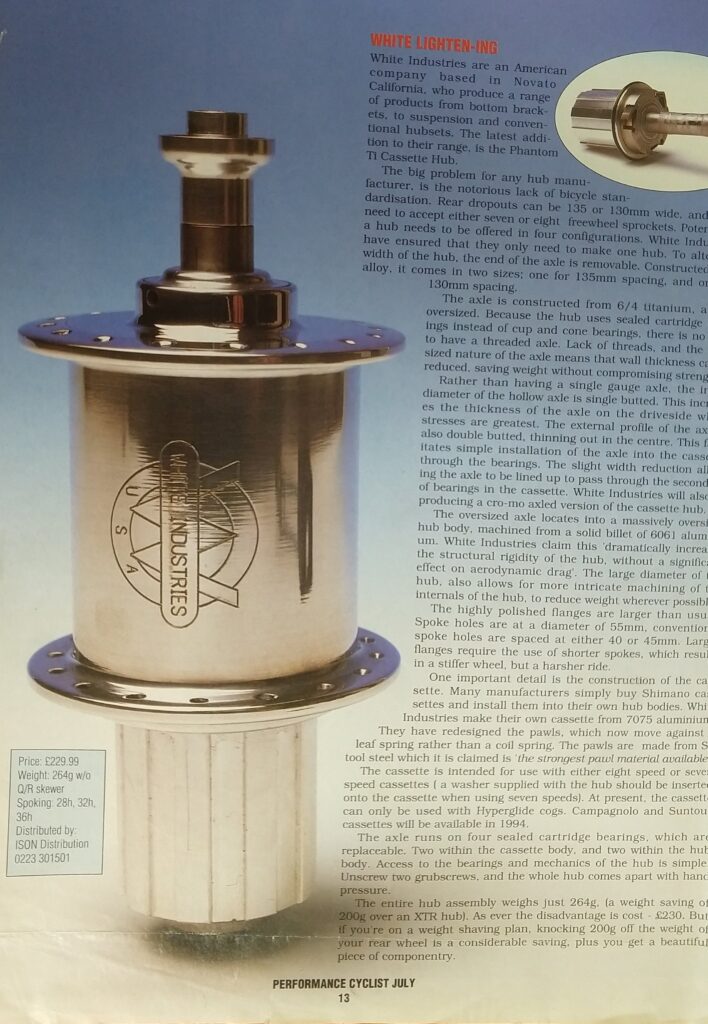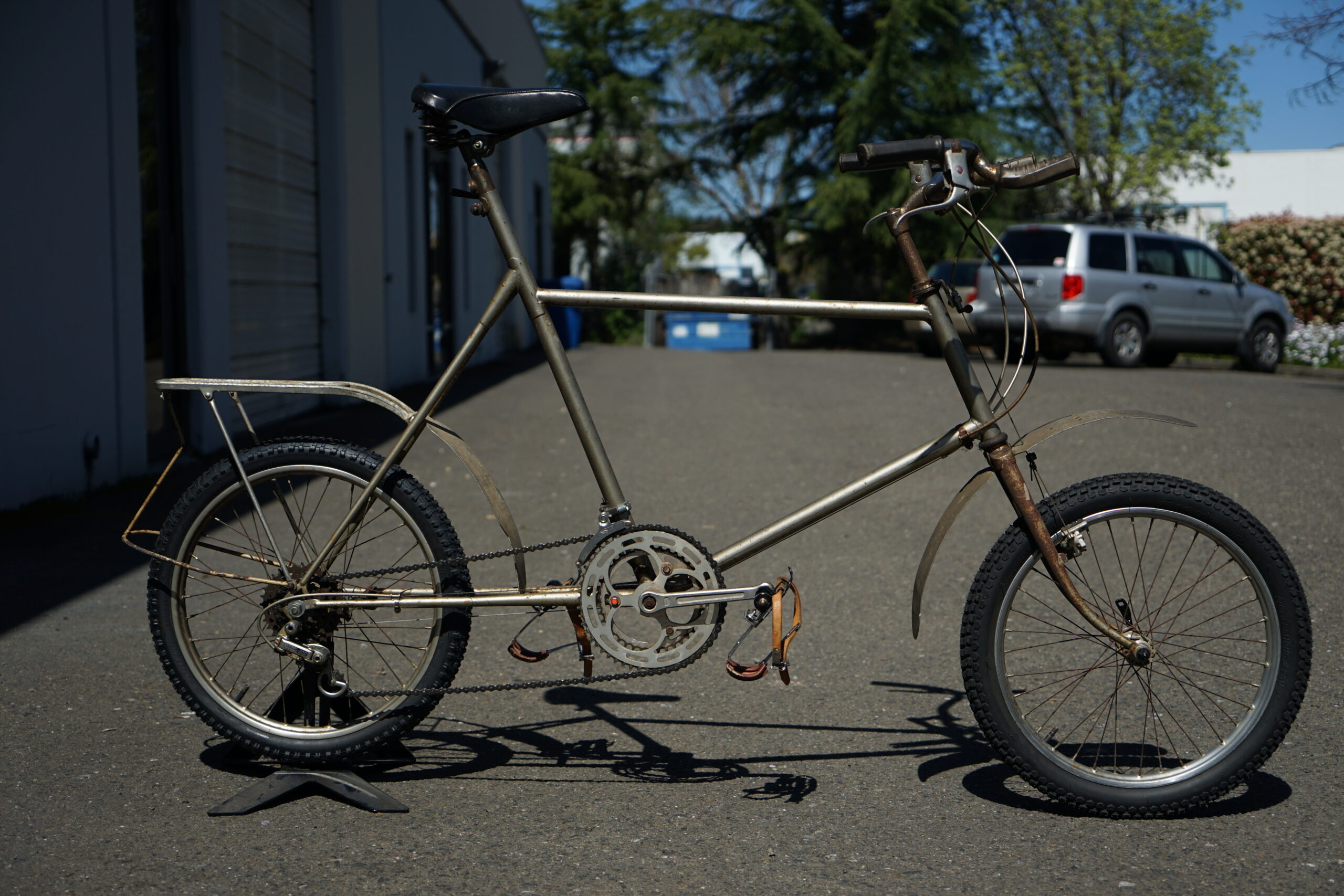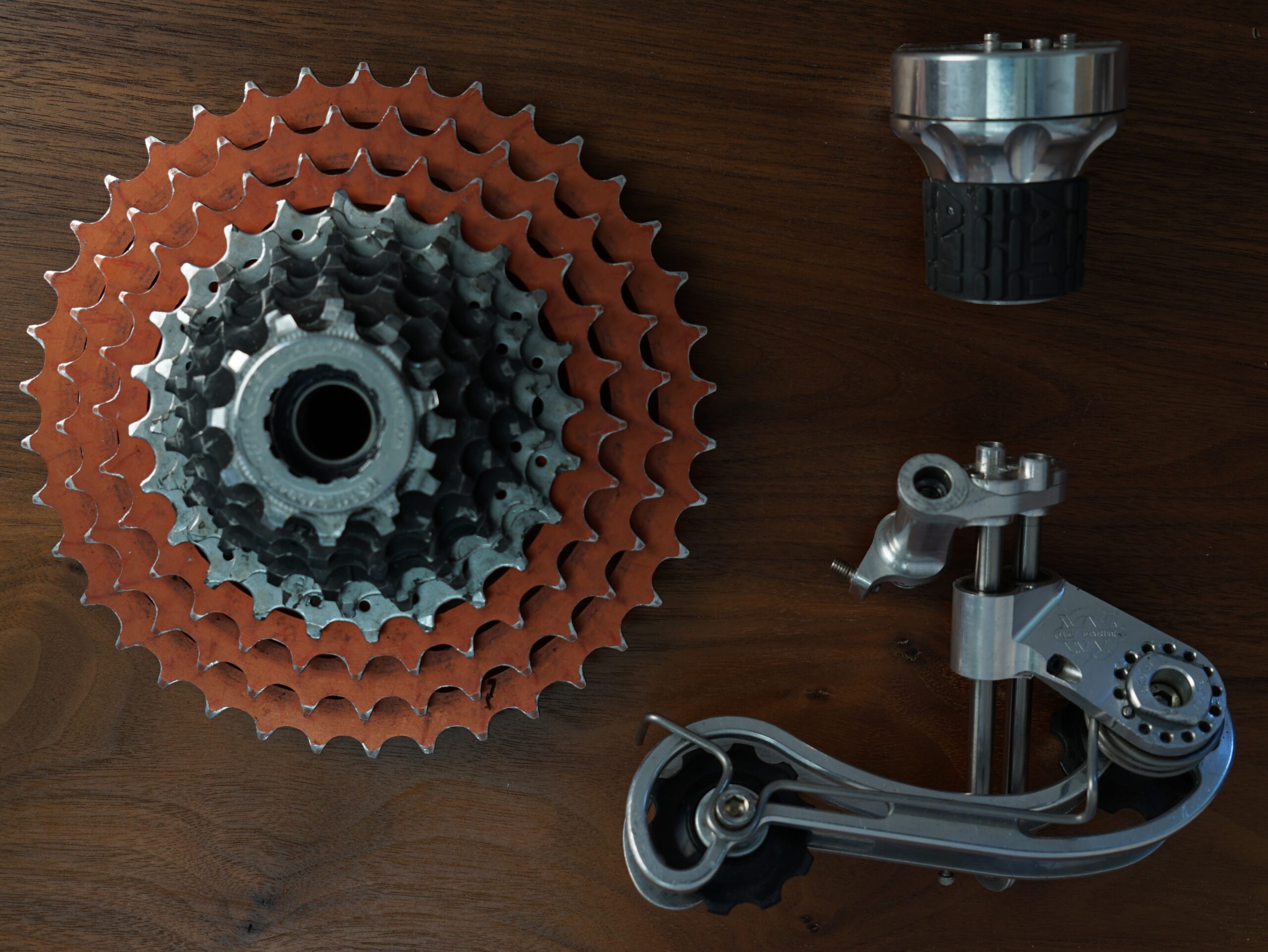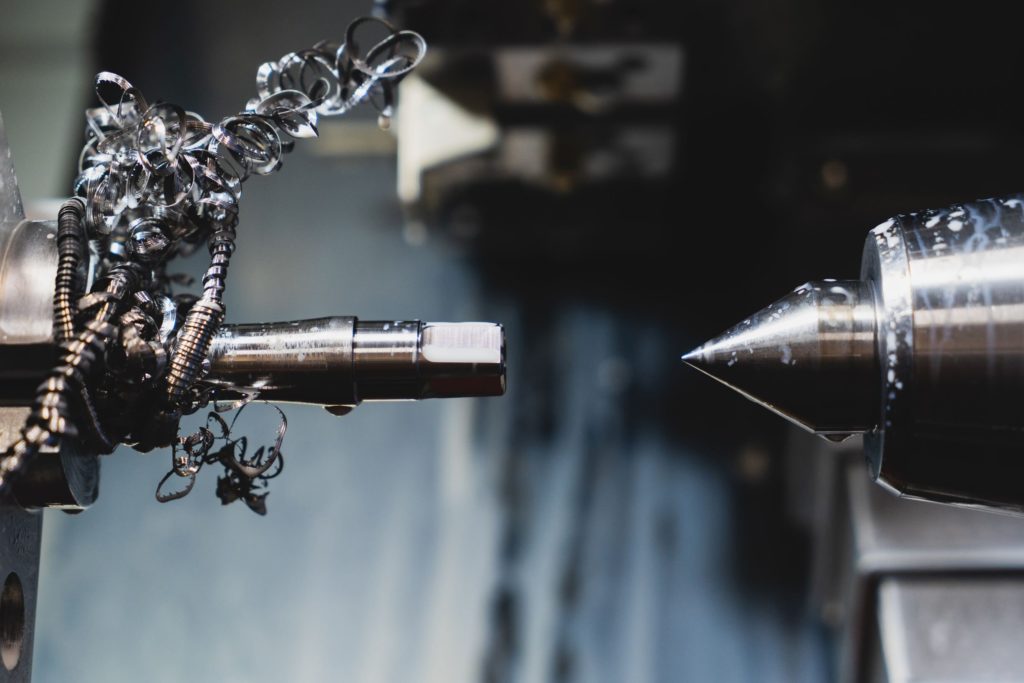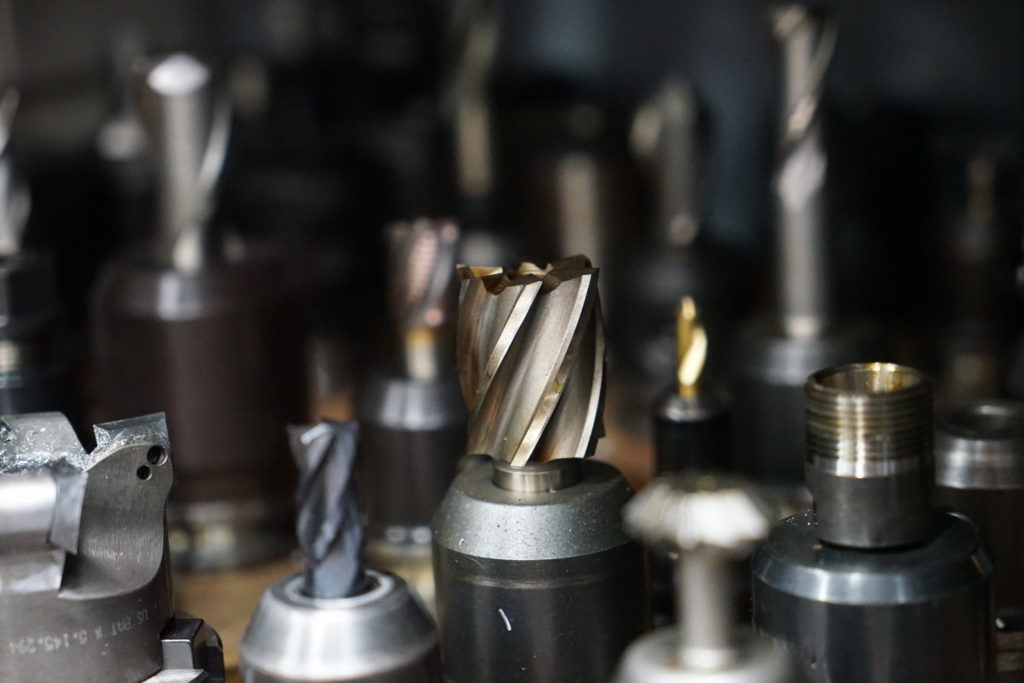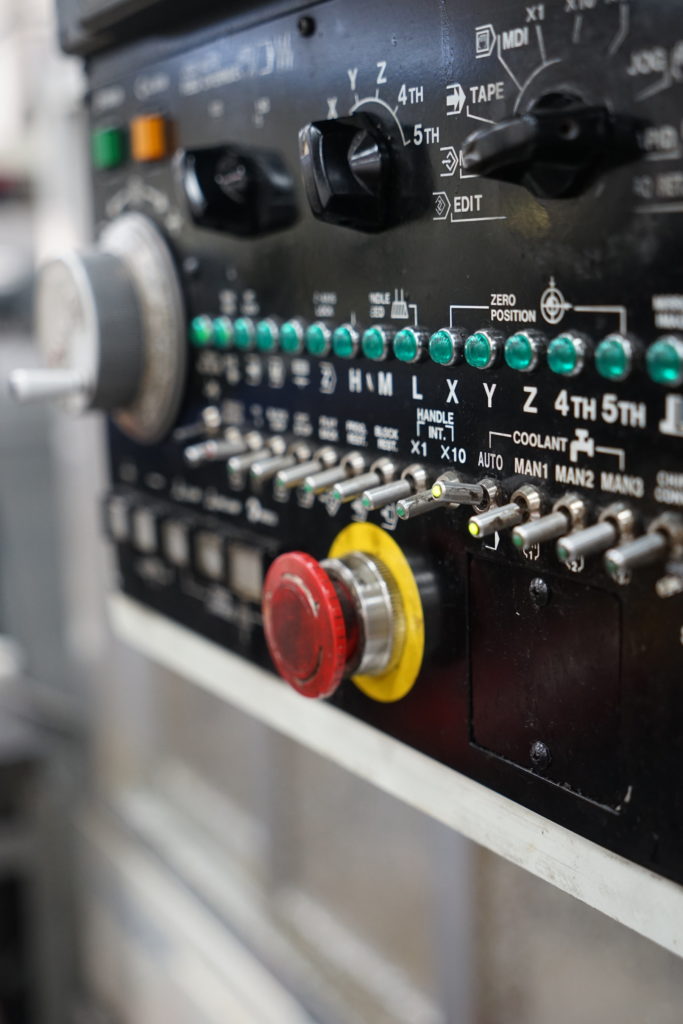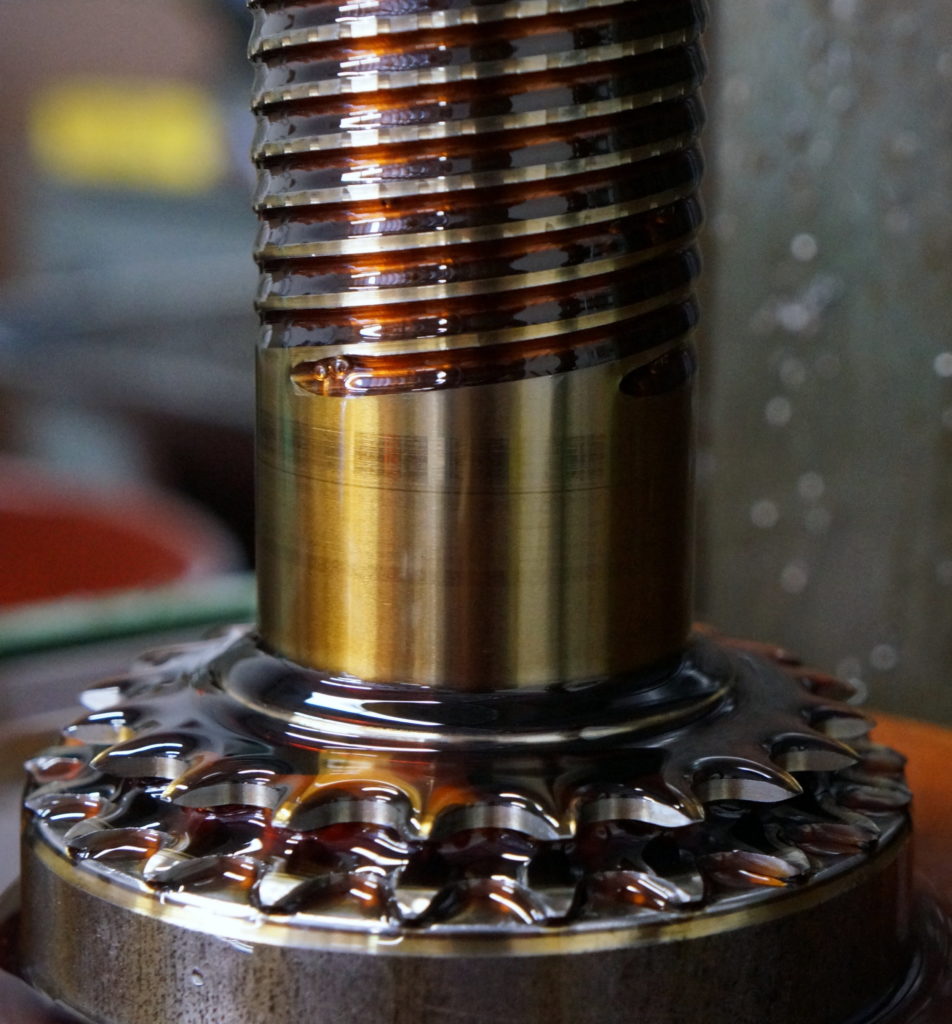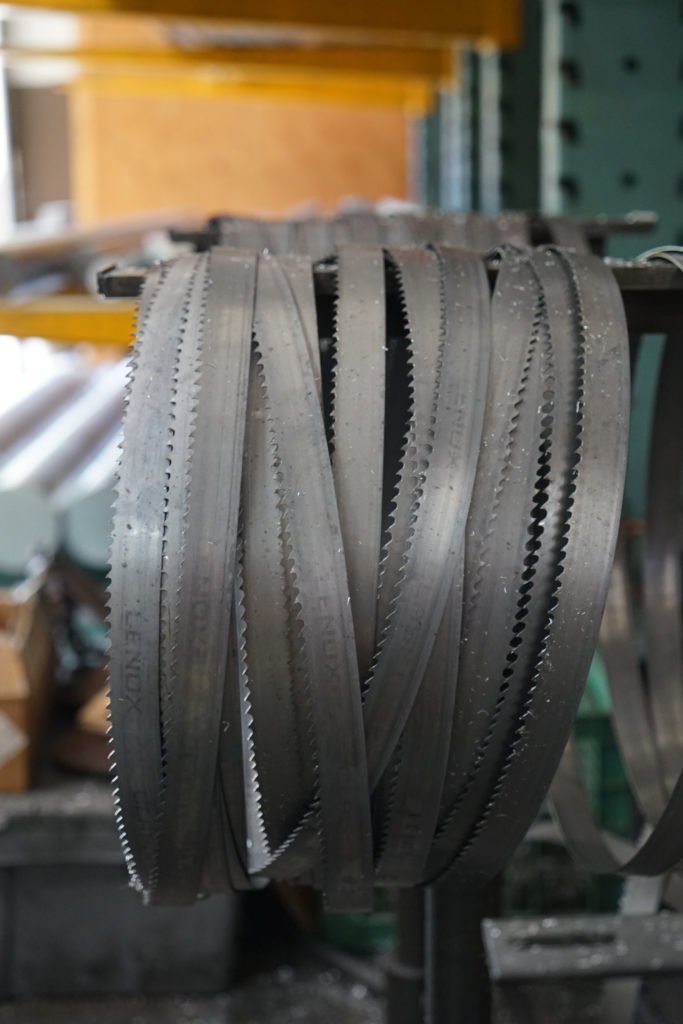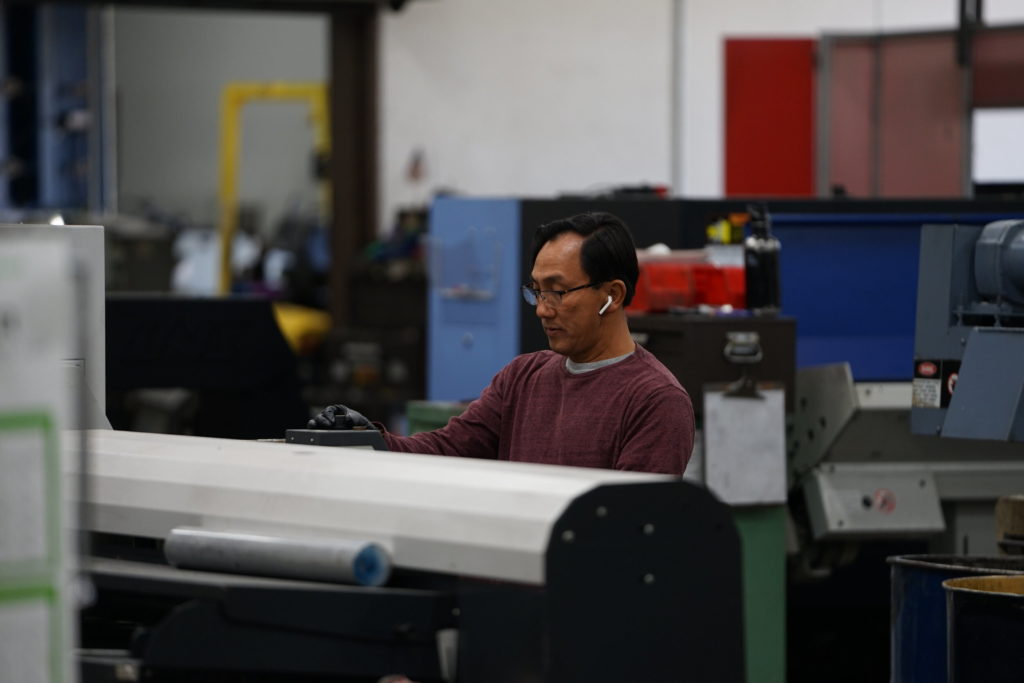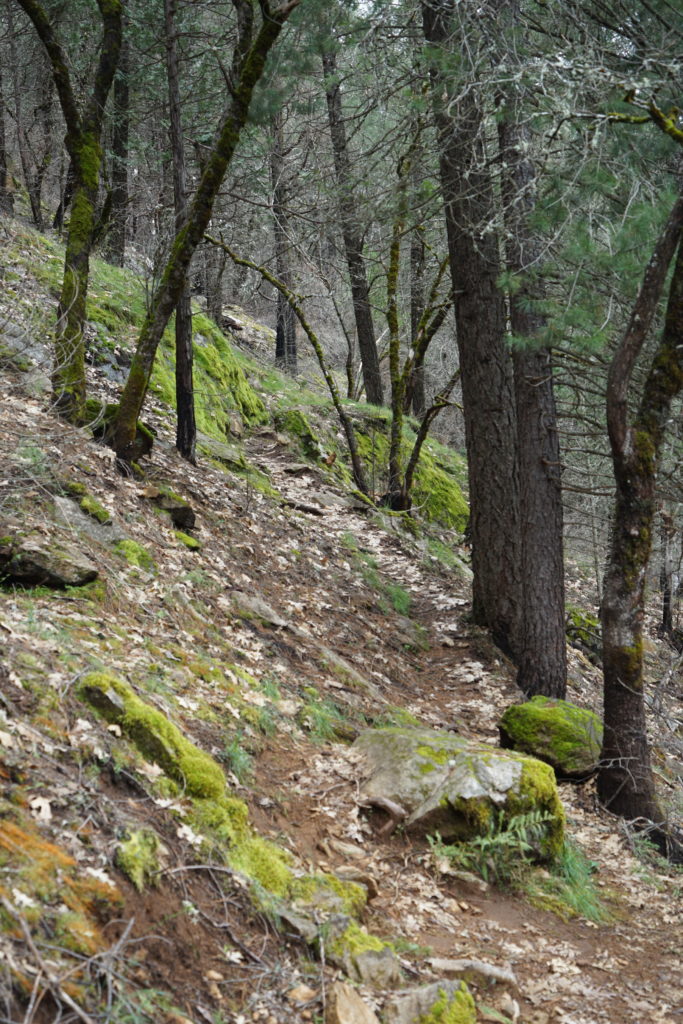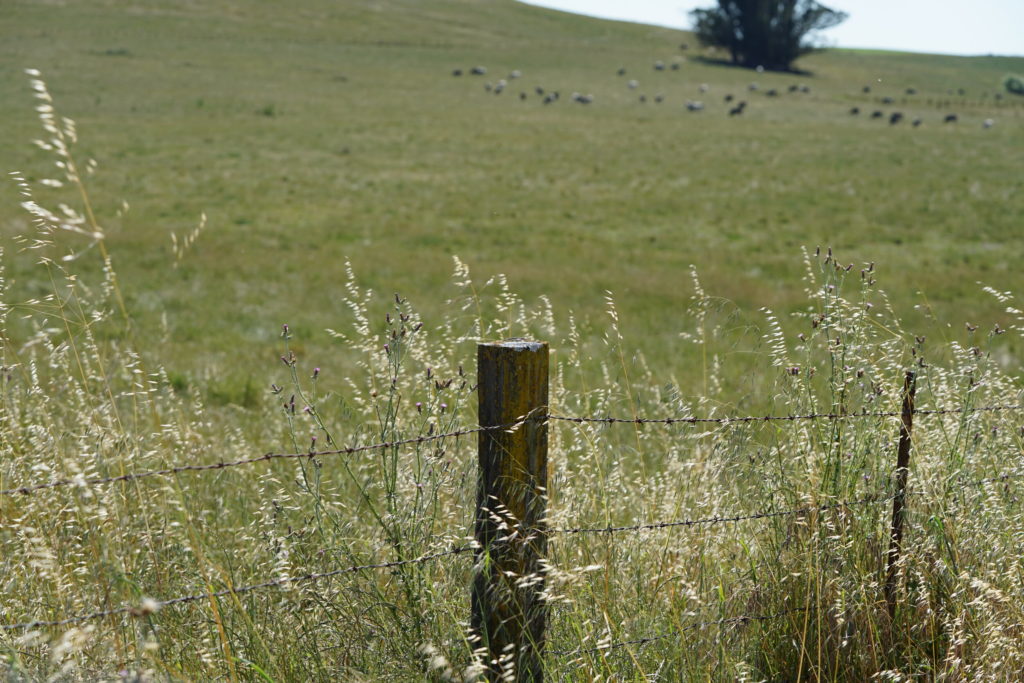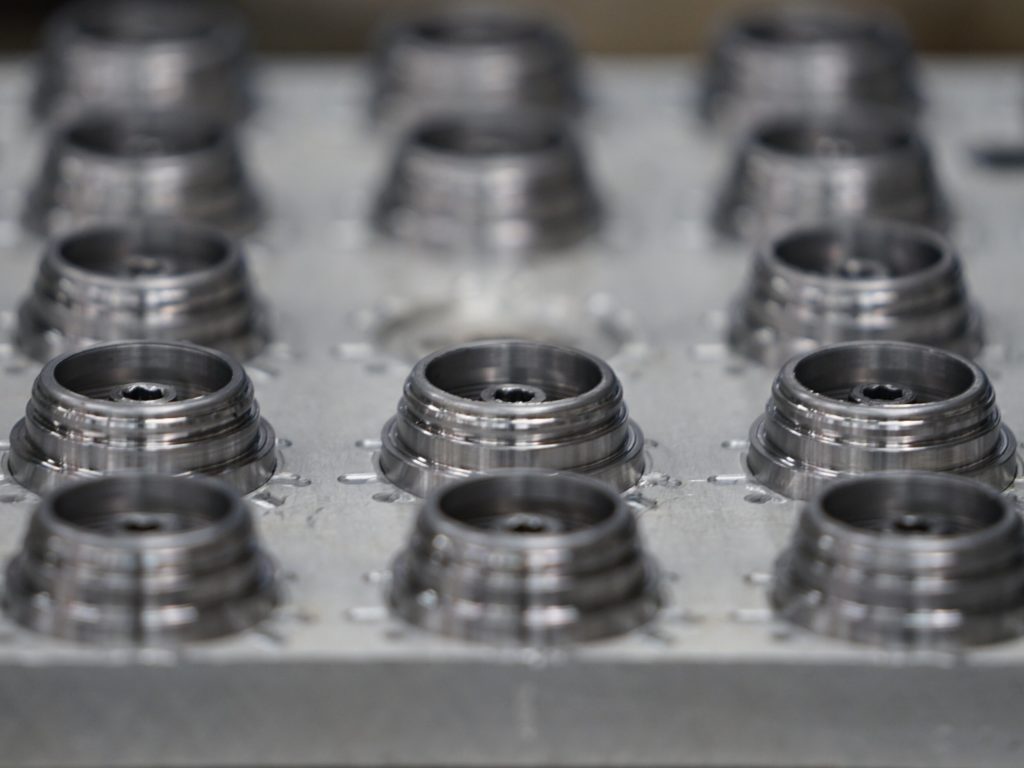If you’ve ever met Doug White, the words “humble”, “unassuming”, and “low-key” come to mind. And it’s exactly because of those very traits that many are surprised to hear about Doug’s deep history in the local cycling community as well as his many innovations under the White Industries brand. For the last 40 years Doug has run his company much the same way, choosing to focus on how to succeed in an ever-changing industry rather than spending much time on self-promotion or celebrating past successes.
Doug White got his start as a machinist working for United Airlines at SFO in the late 60’s. But like many kids in their early twenties at that time he grew restless and in 1970 decided to quit his steady gig and move to Marin County, not knowing what his next move would be. With his machining background the idea of becoming a shop teacher appealed to him so he enrolled in the first class of the newly launched Industrial Arts program at College of Marin, soon becoming a teacher’s assistant to Ray Moitoza. As chance would have it, one of his classmates was a guy named Craig Mitchell with whom Doug would become friends with and later collaborate with on bike-related projects. Their friendship came into play when Craig left his job at Sunshine Bicycle Center in Fairfax in 1971 and asked Doug to take his place.
It was at Sunshine where Doug’s career in the bicycle industry began. The cycling boom of the 70’s was in full swing and Doug and a frequent Sunshine customer named Phil Brown decided to go into business making bicycle frames in 1972 under the Brown & White Cycles name. “He was the money/logistics guy and I was the frame builder”, says Doug with a laugh. “We sold 30 to 35 frames over a couple years before I got fed up with a particularly needy customer and said, ‘that’s it!’.” He sold the frame fixtures he had made while at College of Marin to Craig but was able to “borrow” them when needed, which he did in 1976 when he built a 20” wheeled mountain bike to ride on his local trails in Inverness. About this same time in 1976 Craig used those same fixtures to build a 26” wheeled, diamond-style mountain bike frame for Charlie Kelly.
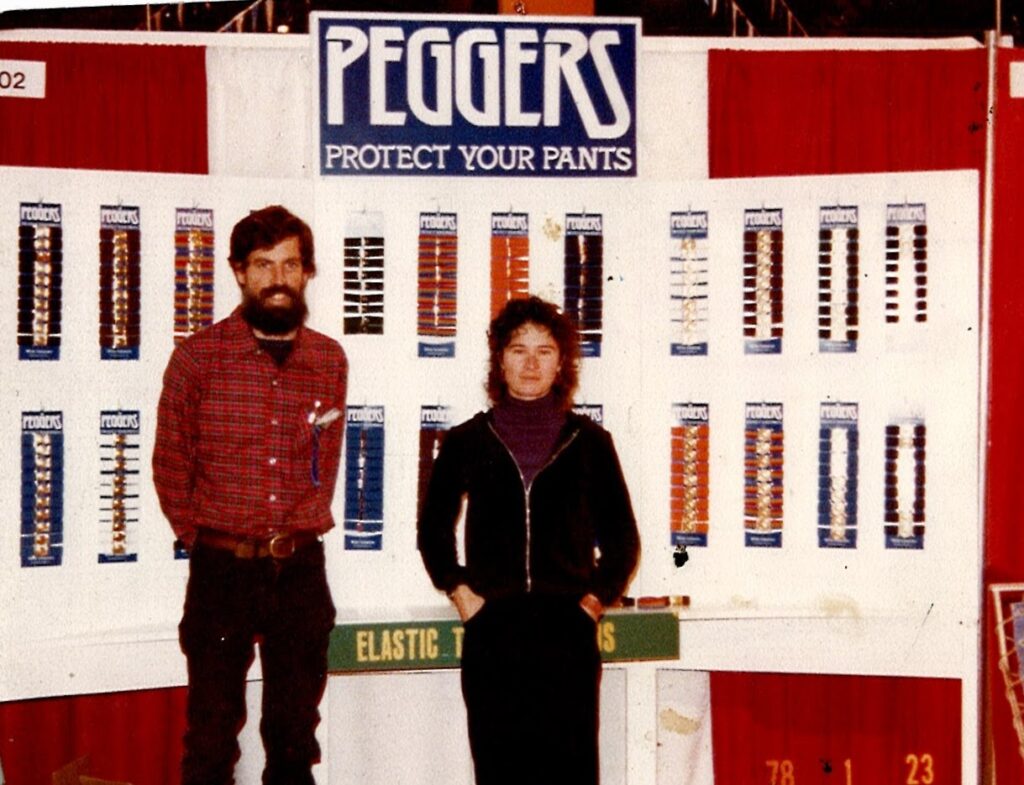
After ending his frame building career and looking for another way to pay the bills, Doug saw an opportunity with riders using their bikes for commuting and came up with “Peggers”, a multi-colored elastic band with Velcro to keep your right pant leg from getting stuck in your chain or marked up with grease. So off to San Francisco he went in 1978 to buy two custom modified sewing machines and set up shop in a spare room in his house in Inverness, and the first White Industries product was born. “We sold thousands and thousands of those things. We sold to Raleigh, Schwinn, Merry Sales. I had to hire people to come over and sew piecework.”, Doug remembers. For ten years Peggers were the one and only White Industries product but with the birth of Doug’s daughter in 1987 it was clear more income would be needed. “Yeah, the Peggers weren’t going to cut it.”, he says.
So it was out with the sewing machines and in with the milling machines and a move to a small shop in San Rafael’s Canal neighborhood where he did various job-shop work as well as machine work for Gary Fisher. As the business grew another move was needed, this time to Bel-Marin Keys in Novato in 1988, where White Industries would start to make its name in the mountain bike world. First were their sealed-bearing titanium spindle bottom bracket and Craig Mitchell-designed Limbo Spider which allowed riders to bolt on a (then) readily available 18-23 tooth Suntour freewheel cog to their cranks for ultra-low gearing. Next, in 1992, were their 260-gram “Ti Cassette” rear hub and “Tracker” front hub. The cassette hub was the lightest on the market at that time and the Tracker incorporated an oversized axle that helped stabilize notoriously flexy suspension forks of the era. As a testament to Doug’s knack for designing and engineering parts, the design of that cassette hub has remained basically unchanged for 30 years. “I couldn’t believe he had the balls to make a freehub. That seemed so far out of my grasp at the time,” says Paul Price of Paul Component Engineering. “And it worked well nonetheless!”
The mountain bike industry of the early 1990’s was known for the “CNC craze”, when every time you turned around there was another machine shop making whatever mountain bike parts they could on a CNC machine. It would have been easy for Doug to throw in the towel with all this new competition, but he was just getting started. Over the next few years White Industries would introduce several innovative products: forged cranks, a derailleur/shifter system, and 2×9/2×10 drivetrains. The LMDS (Linear Motion Derailleur System) worked with a push/pull cable system (similar to many motorcycle throttle systems) which didn’t require any springs and came with a “twist” style shifter. Not stopping there, Doug designed a rear add-on cassette system which converted a 7-speed Sun-Race cassette to 10 speeds with an unheard-of 38 tooth large cog. “His linear-motion derailleur is a smart piece of engineering,” says Mark Norstad of Paragon Machine Works. “It represents Doug’s willingness to innovate and compete directly with the biggest component manufacturers.”
As the 90’s faded like purple anodizing in the sun and many of the companies born from that era disappeared, the future of the small handful of companies still making bicycle parts in the U.S. looked bleak. “I felt like maybe the industry had passed us by and we might be an afterthought,” Doug remembers. But as he had done before and would continue to do, he adapted. The singlespeed movement had finally hit its stride and Doug saw yet another opportunity. The two products they introduced at this time are now almost synonymous with the White Industries brand; their singlespeed ENO freewheel and ENO eccentric singlespeed hub. At the time Shimano and ACS had a lock on the singlespeed scene and almost overnight the White Industries freewheel became the “must-have” part for serious singlespeeders the world over. “I was so tired of busting Shimano freewheels! When White introduced it I thought, ‘Finally, a freewheel on the level with all the other good stuff we were running’,” remembers Robert Ives of Blue Collar Bikes. The ENO eccentric hub allowed anyone with an old geared hardtail frame lying around (a lot of people!) to retrofit their bike to a singlespeed. Add to this a proprietary fixed-gear hub spline to prevent stripped cog threads on fixed gear hubs as well as a quick release pedal system for travel bikes, and it’s easy to see how Doug gave his company a second (or third? maybe a 4th?) life on the back of trends that the industry at large wasn’t paying much attention to.
In recent years Doug (and now his son Alec) has been busy refining and upgrading their ever-expanding line of hubs, freewheels, cranks, chainrings, bottom brackets, headsets, and pedals, as well as planning for the future. But as exciting as it is to highlight Doug’s many design contributions to the industry, it’s easy to forget that over the last 40 years he was also running a company. A company with employees. Employees with families, mortgages, and responsibilities. And this may be his greatest achievement of all; navigating his company through changing tastes, fads, new standards, increasing overseas competition, a couple recessions, and lots and lots of broken end mills to where it is today; still making things here in the U.S., doing business all over the world, employing (gainfully) 16 people, and getting people excited about riding their bikes. And after all this he still comes to work every day, excited about new projects, and always hoping to sneak out for a bike ride (and maybe a beer!).
